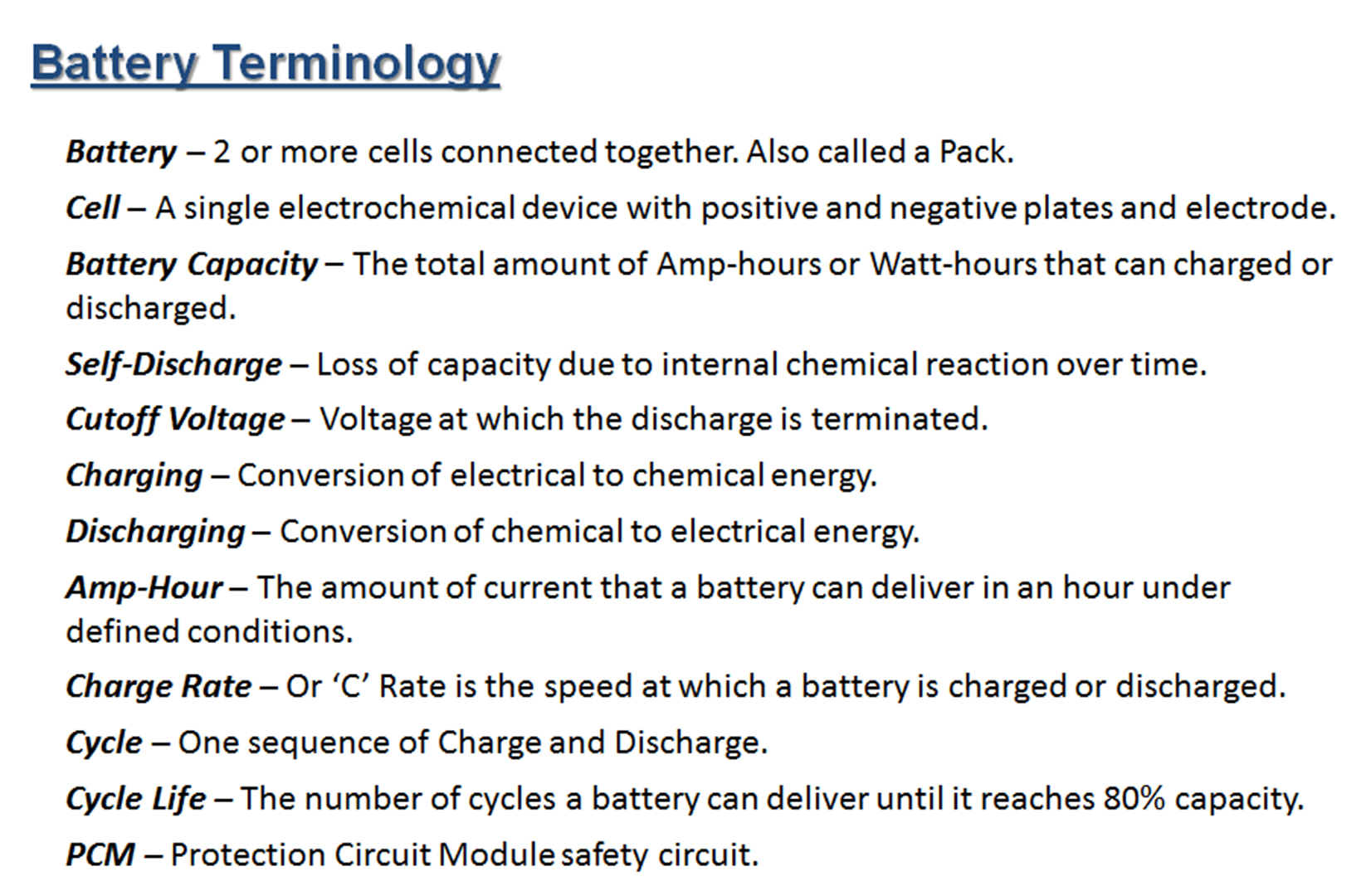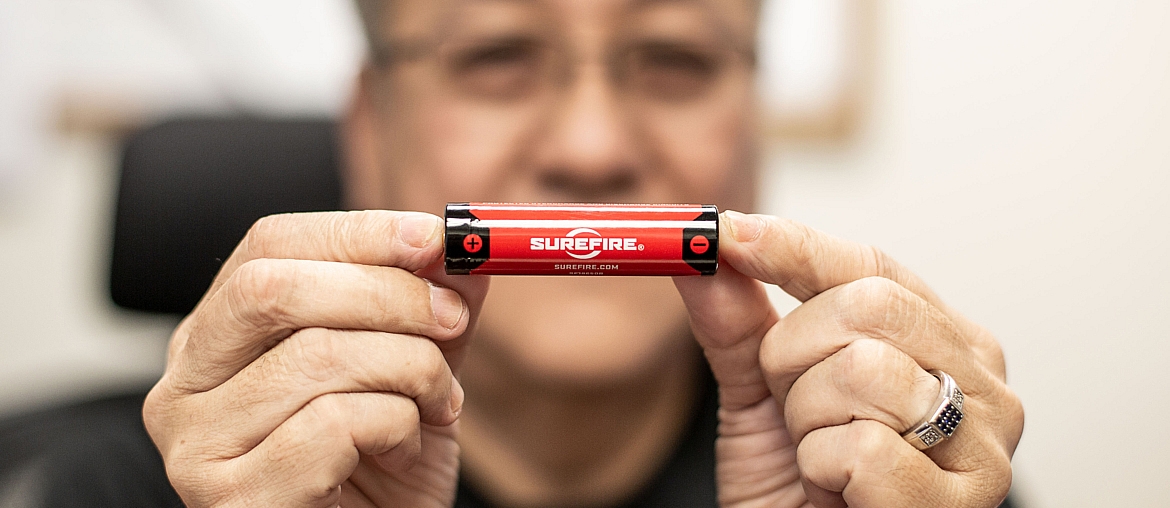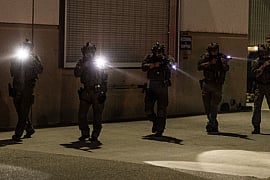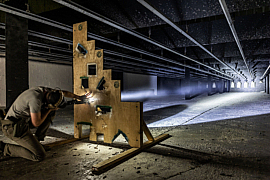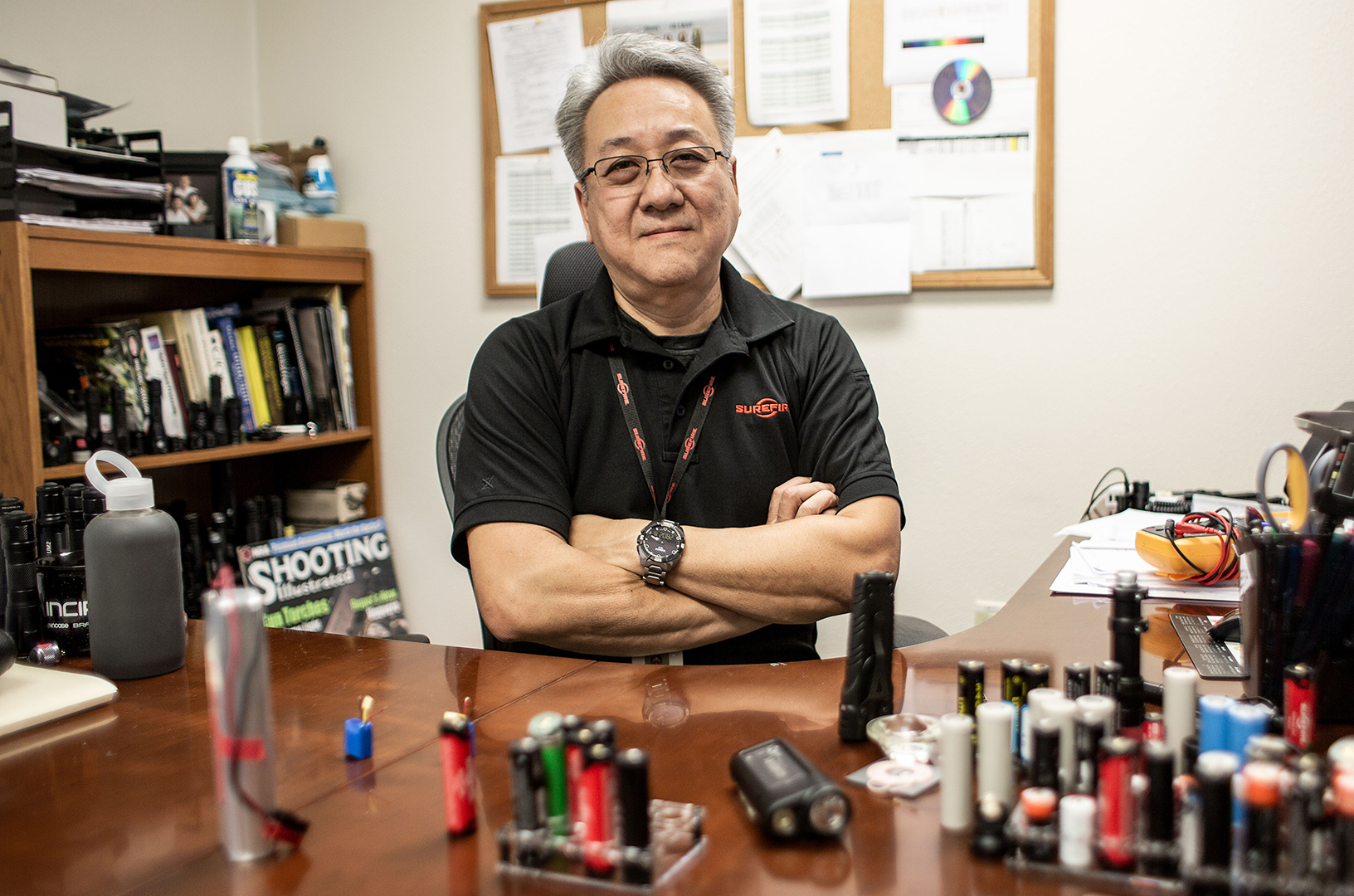
SureFire batteries help SureFire customers see the light, but it’s easy to overlook the role it has continued to play as a pioneer in these miniature power stations. Battery performance is a crucial component of every SureFire WeaponLight, Scout Light, handheld and hands-free illumination tool. SureFire shifted the paradigm when it introduced the use of lithium-ion batteries for the tactical market in 1985, and it remains at the head of the pack, offering more powerful and versatile battery options today.
Alex Soo, the man responsible for guiding battery technology within SureFire’s Engineering Department, is also its main man. SureFire’s Vice President and General Manager, Engineering, he is an industry veteran with tremendous experience in developing batteries and battery packs for multiple applications during his career. Alex is the battery guru at SureFire — no one better understands the ins and outs of portable power.
So when we wanted to give SF News readers a little SureFire Battery intel, we knew exactly who to pester. Our 15-minute conversation yielded some great information on SureFire’s current battery line, where we’ve been, and where we might be headed.
In July you’ll be celebrating five years with SureFire. Can you give us a little insight into your background and how you came to join the SureFire team?
I originally served as a contractor on battery management systems for the Arclight product line here at SureFire before hiring on full-time. Previously, I worked for a local battery company, designing and building battery pack systems for major medical device manufacturers, the military drone market and specialized projects for Panasonic Avionics and Google.
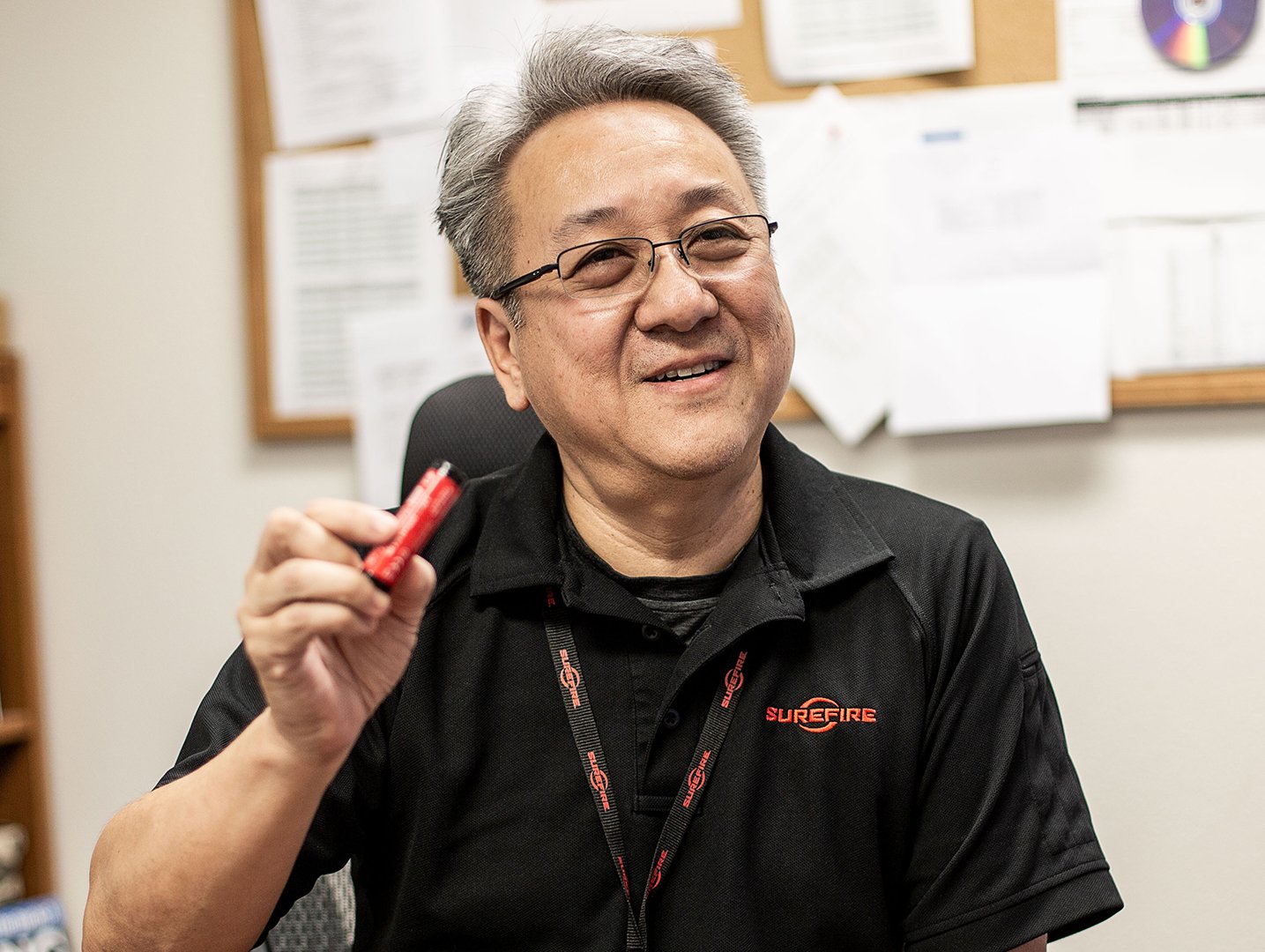
What is it about this engineering field that holds your interest?
Well, it’s really the transition in the technology from things that have plugged into the wall to things that have become portable — anything from your cellular phone to smartwatches to portable illumination, the latter in which SureFire is predominant in the market. Everything is transitioning to portable power. What’s really driving that is the lithium market, due to the fact that you can get so much power out of a single cell.
For those of us who aren’t well versed in the technology, what can you tell us about lithium batteries, how they became popular and what makes them so effective?
Prior to lithium-ion becoming really dominant in the battery market, technologies of that time included nickel metal hydride [NiMH], nickel-cadmium [NiCad], and alkaline. SureFire changed the game when we pioneered the use of lithium batteries in illumination products. The technology we championed was a lithium primary, the CR123-equivalent cell. The advantage to that particular technology is that it packs very high energy in a very small cell. They were primarily used in the camera market at the time, but we evaluated them and determined they would be ideally suited to our portable illumination products. That was the first real transition into lithium fuel [for flashlights]. Later, when the 18650 cell came to fruition — and that form factor is pretty much dominating the market now — we transitioned toward them for our handheld round flashlights.
But, we are also doing more and more of the lithium polymer type of cells that are also lithium-ion based. Their chemistry is very similar, but there is an advantage to the lithium polymer form factor in that it allows us to get away from round-shaped products. We are able to develop uniquely shaped, flatter or narrower mechanical designs for our products.
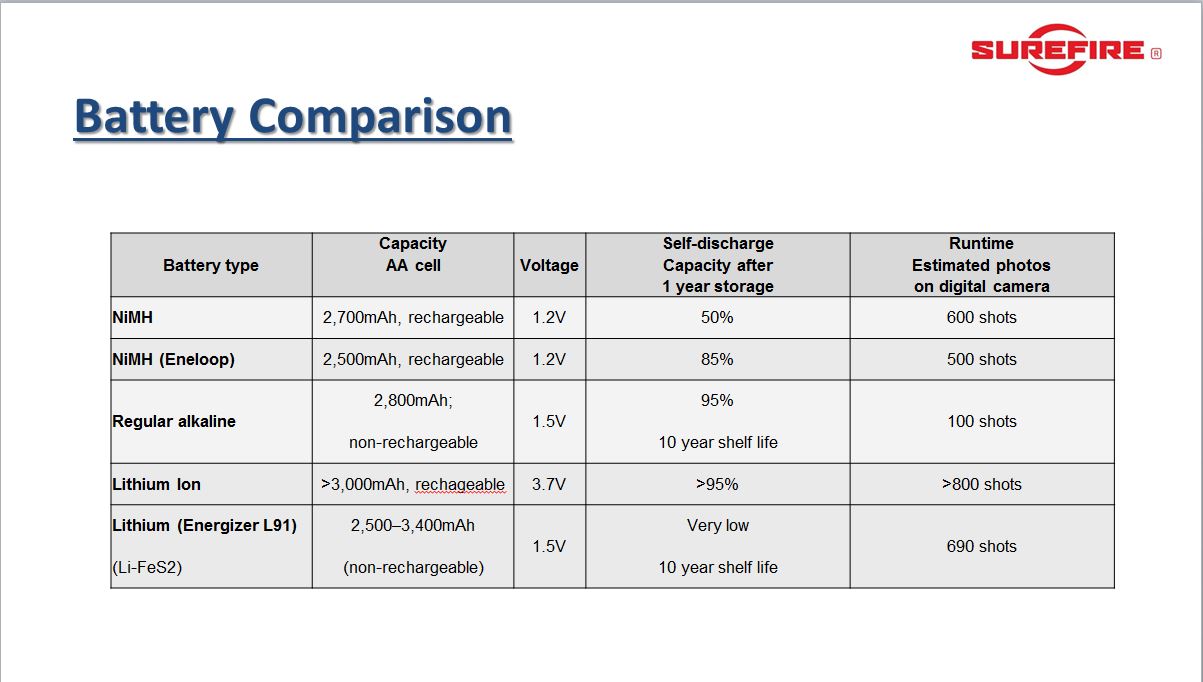
Is there a difference in the way that lithium-ion batteries actually operate compared to previous technologies such as nickel metal hydride?
Well, let’s just go through the different types. There is the lithium-ion cell, which is typically the cylindrical cell that we’re accustomed to. Then there is also lithium polymer, which is also lithium-ion based and rechargeable. And like we said, their chemistry is nearly identical in terms of how you charge them, how you discharge them and how you need to protect them. Lithium cells such as the CR123 are what we call lithium primary cells. Those are not rechargeable. They are one-time use, and after they’re done you dispose of them.
We have used nickel metal hydride and NiCad in the past. Of course, NiCad is going away because of the environmental issues with the cadmium. You don’t see that type of battery on the market these days. Nickel metal hydride is still around quite a bit, but the issue with it and the older technologies is that it doesn’t have a very long shelf life due to their higher cell self-discharge rate.
However, there are newer NiMH technologies, such as the Panasonic Enenloop, that have improved shelf life. We use these batteries in our compact keychain and weapon lights that have lower lumen outputs. But you can charge a lithium-ion cell and leave it on the shelf, and it will be good for over a year, just sitting there. That’s perfect for emergency equipment and tactical equipment. When you’re ready to use your WeaponLight or the handheld light, there will still be enough capacity in the cell for it to operate.
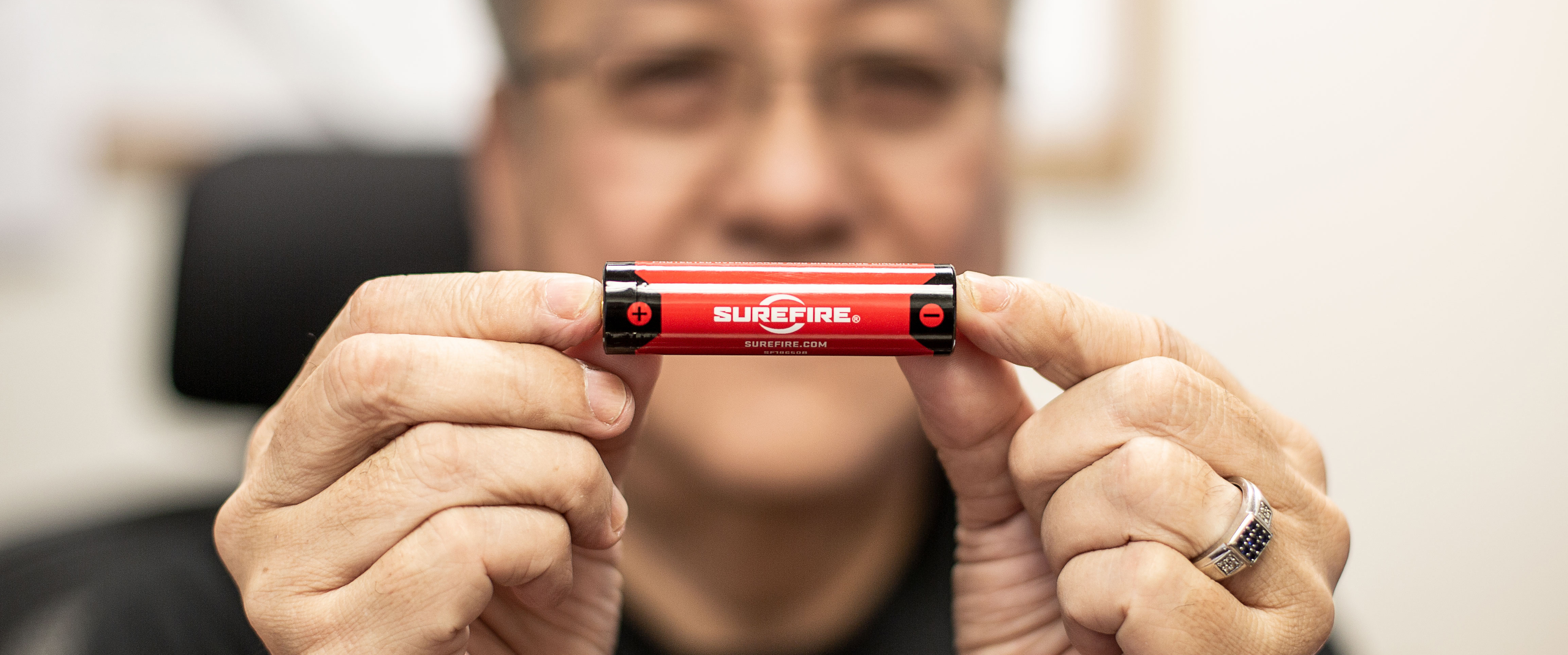
So SureFire was the first to move into lithium-ion power for its handheld lights and other products, but what precipitated the decision to offer branded SureFire batteries?
Branding our own batteries gives us more quality control over what goes into our lights. Every light that we ship has SureFire batteries already installed. With lithium batteries there is a safety requirement to them that requires careful scrutiny in the design to ensure the batteries that we ship will be safe to use in the product and will give the customer the best experience. It’s that versus letting customers buy China-sourced batteries that are inferior in quality, which could cause thermal venting, fires or other issues. We want to be able to control the quality of what we put into our products.
SureFire recently released the SF18650B battery, which will replace the SF18650A in a number of its products such as the Fury DFT handheld lights and M600 Dual Fuel Scout Light models. What are some of the noteworthy improvements in this new product?
The higher discharge rate [8-10A] is the primary improvement, so we are able to get more power out of the battery than our previous SF18650A. In addition to that, it has the ability to be recharged with just a Micro USB cable so we get away from the added expense of needing an external charger cradle to charge the battery. Now we can just hook the battery up to any USB source, such as a computer or a power bank; so it’s very convenient. You can use your cell phone charger to charge it, and there are a lot of car models now have USB charging capability in the vehicle. There’s just a lot of flexibility. So if you’re out in the wilderness, you don’t have to worry about, “Gee, how do I charge my flashlight?” You can basically do it with a power bank rather than needing an AC source to charge it. And of course, since the lights are dual fuel, you have the option of taking along extra SF123A batteries.
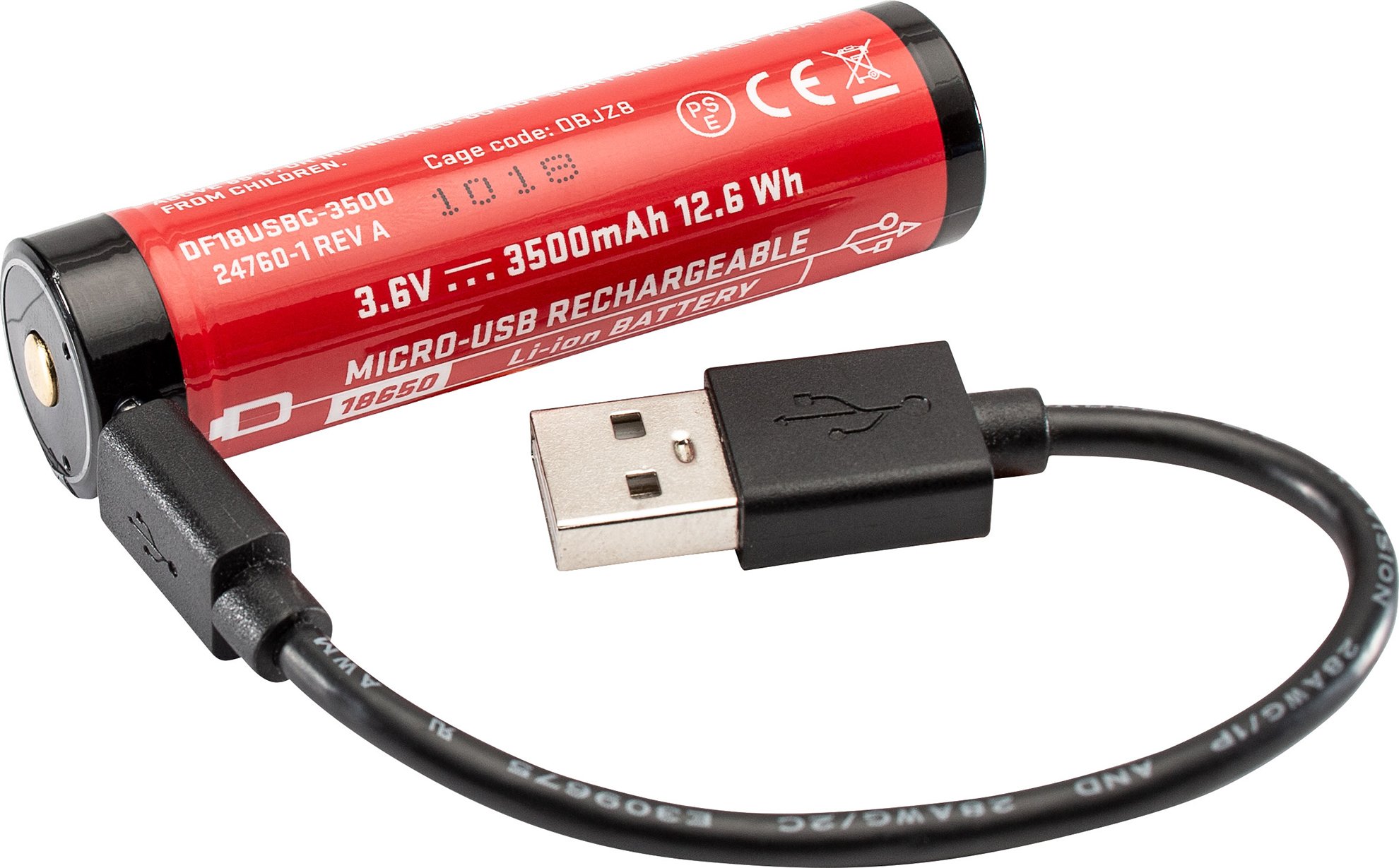
You mentioned that there are some aspects of the lithium-ion battery that require strict attention to prevent potential hazards such as short-circuiting and thermal runaway. What are the safeguards that SureFire has incorporated to prevent these hazards?
For lithium-ion rechargeables, there are safeguards electronically built into the battery. The battery actually consists of the cell itself, and an electronic circuit that continually monitors both the current and voltage of the cell and acts like a circuit breaker to disconnect the cell if things go awry. There are numerous protection mechanisms. One is over-voltage; that’s where the cell voltage is monitored to prevent it from being overcharged. And there is under-voltage; lithium does not like to see voltage under 2.0 volts for an extended period of time, so there is a cutoff monitor that will disconnect the battery if the voltage goes too low.
And then there is short circuit protection, so if you unintentionally short-circuit the battery, it will not cause any issues with the cell overheating and going into thermal runaway. Lastly, there is over-discharge; there is typically a current cutoff that is set in the protection circuit that will not allow the battery to discharge at a higher rate than the cell can handle.
SureFire continues to produce the SF123A lithium battery to power a number of its single-battery and dual-battery products. With the power and recharge capability of the 18650, why is the 123 still being used?
Well, despite its primary (one-time) use, the SF123A still has the advantage of compact size and high power density. Also, there are markets, like the military, that still prefer to replace vs recharge. We do offer a rechargeable option for the SF123A, which is the Lithium Iron Phosphate (LiFePO4 or LFP) SF2R-CB. It comes with two cells in a pack, and we also sell it with a charger and a car adapter. It allows you to replace the primary SF123A cells directly with LFP cells and have that recharge feature if you so desire that. The only caveat is that LFP typically has half the capacity, so your runtime will be reduced by about 50 percent. But it does save your pocketbook in terms of having to replace primary cells.
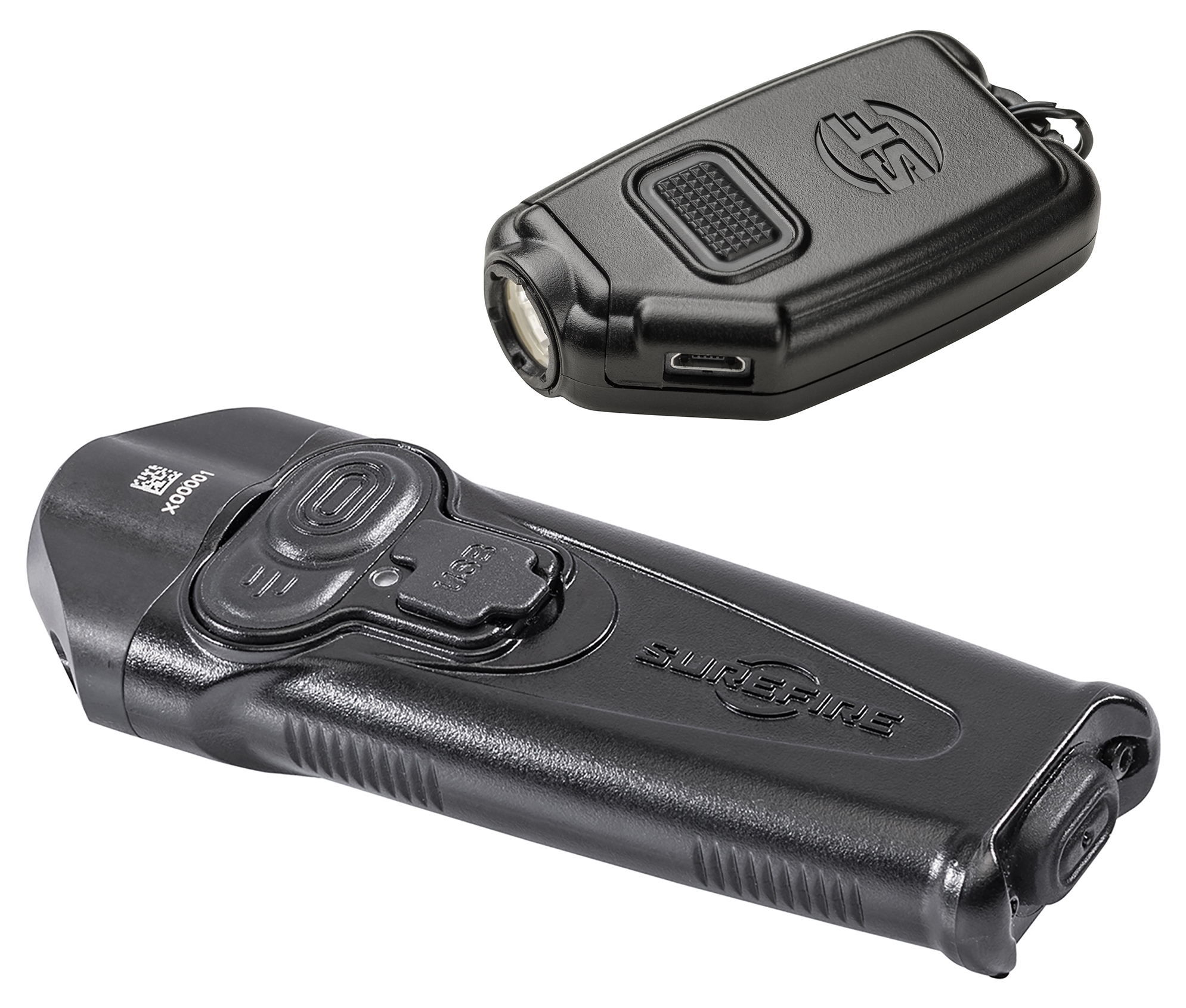
SureFire has continued to develop more and more integrated rechargeable battery-powered products such as the Stiletto, the forthcoming Stiletto Pro, the Sidekick and the Guardian. How do those batteries differ from the SF18650B or the SF123A?
It’s mostly just a different format and structure. If you were to look at the cellular structure of an 18650, it looks like a jelly roll whereas the lithium polymer is more of a flat cell or rectangular cell with more of a panel structure. The advantage there is that you can get away from the circular or round style of light and develop some unique form factors such as those in the products you just mentioned.
SureFire remains right at the forefront of battery technology as it exists today, but what about tomorrow? What can you tell us about what the state of the art might look like in the future?
What we are seeing right now is higher capacities such as the 18650, but there is so much happening in battery development, thanks in part to the electric vehicle industry. There are new chemistries that are being researched and prototyped, but most of those are not commercially viable right now. Once we get to that point, the capacities and cycle life would be an advantage. There are universities and research centers all over the world that are working on new chemistries, and there are a lot of exciting things in the works, and SureFire will continue to closely monitor these developments as we maintain the technological lead with our products.
